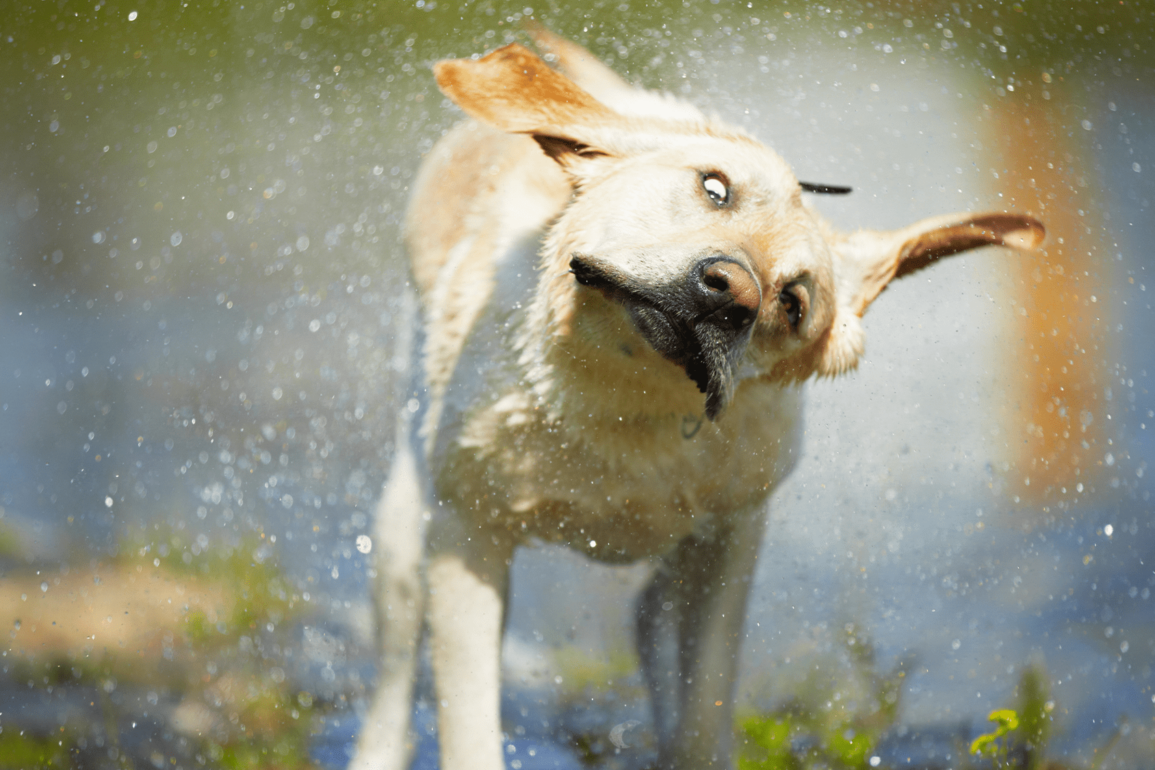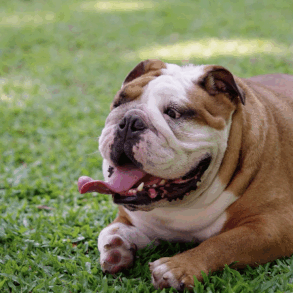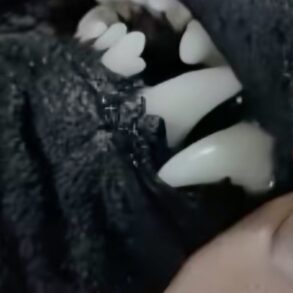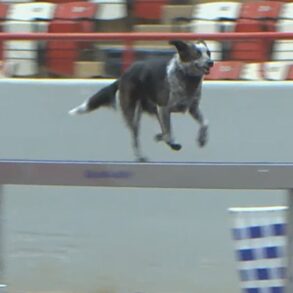
After getting wet, many hairy mammals–particularly dogs–shake off the excess water from their fur. Scientists are now getting closer to understanding the neural mechanism behind the “wet dog shakes.” Using lab mice, a team of researchers from the Howard Hughes Medical Institute at Harvard Medical School found that the behavior is triggered when particular mechanoreceptors in the skin are activated. The findings are detailed in a study published November 7 in the journal Science.
The wet dog shakes are an effective way to remove water from fur and also potentially eliminate irritants, tangles, and parasites. It works particularly well in areas like the neck and back that are more difficult for animals to reach by licking or self-grooming. Hairy mammals have over 12 types of sensory neurons and each have their own function to find and interpret various feelings and trigger responses like shaking. Even though this behavior is fairly common across several species, the neural mechanisms behind it have been largely unexplored.
[Related: New evidence suggests dogs may ‘picture’ objects in their minds, similarly to people.]
In the new study, the team focused on a type of ultra-sensitive touch detecting receptors called C-fibre low-threshold mechanoreceptors (C-LTMRs). These receptors work by wrapping around hair follicles and are associated with pleasant affective touch.
First, the team applied multiple types of stimuli like oil and water to the mice’s backs and necks. After applying the stimuli, the team looked for a response from several mechanosensory neurons.
The team then genetically modified some of the mice by removing most of their C-LTMRs. Taking out these receptors stopped the mice from shaking, indicating that they are essential to controlling the sensation that is essential for triggering the wet dog shake.
Next, they explored how the signals from C-LTMRs travel through the mice’s nervous system. They traced this pathway to a group of neurons in the spinal cord. This neural pathway connects to the parabrachial nucleus–an area in the brain that helps process pain, touch, and temperature. The team then changed the neurons so that they can be switched on and off in response to light. It blocked the activity of the spinal neurons and allowed them to create a map of the path that the sensory neurons were taking.
[Related: Dogs and wolves remember where you hide their food.]
Compared to the control mice, the altered mice had a 58 percent reduction in shakes. Blocking the activity to the brain’s pain, touch and temperature region also produced similar results. The control mice continued to scratch and groom themselves normally, which suggests that this is the neural circuit specific to wet dog shakes.
According to the results, the C-LTMRs are the key sensory players behind the wet dog shakes. Future research into this common behavior could investigate if overactive C-LTMRs add to conditions like twitch-skin syndrome in cats. This is when felines suddenly rip their skin and twitch excessively. It could also be used in studying skin hypersensitivity in humans.
This post was originally published on this site be sure to check out more of their content.













































